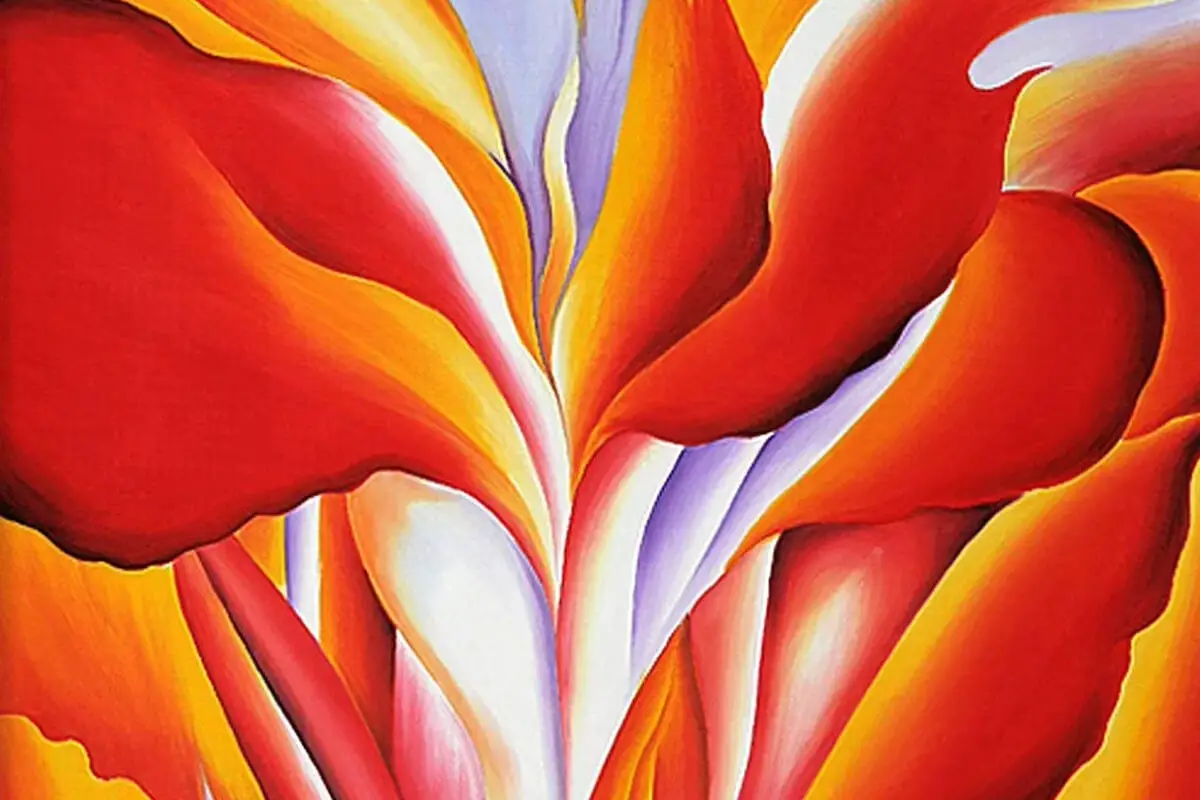Embarking on a journey through the ethereal domain of abstract landscape art is akin to exploring uncharted territories of the human psyche, where the furrows of a painter’s canvas converge with the vast expanse of emotional resonance. This realm, where the tangibles of earth and sky shimmer into a vortex of color and form, has captivated the imaginations of artists and art enthusiasts alike for well over a century.
From the wispy strokes of early impressionism to the bold displacements found in modernist terrains, the history of abstract landscape art is a rich tapestry woven with the threads of artistic revolution and the persistent quest for self-expression.
Table of Contents
- The History of Abstract Landscape Art
- Elements and Techniques of Abstract Landscape Art
- Influential Abstract Landscape Artists
- Abstract Landscape Art in Contemporary Practice
- Related Questions
The History of Abstract Landscape Art
Abstract landscape art, with its roots entwined in the fertile soil of history, invites us to experience the natural world not as it is but as it is felt. The journey of abstract landscapes is a testament to the shifting perceptions of artists who see beyond the horizon of representation to capture something ostensibly intangible—emotion, essence, and experience.
The seeds of this movement were sown in the late 19th and early 20th centuries with Post-Impressionism. Artists like Vincent van Gogh began to distort reality with bold colors and dynamic brushstrokes, creating emotional landscapes that resonated with the viewer’s inner world.
These landscapes whispered stories of the soul, stripping away the superfluous to reveal the underlying spirits of nature.
As the 20th century unfurled, so too did the narrative of abstract landscapes across the canvas of art history—the Cubist landscapes fragmented perspective, reconstructing the world in a way that challenged the traditional view.
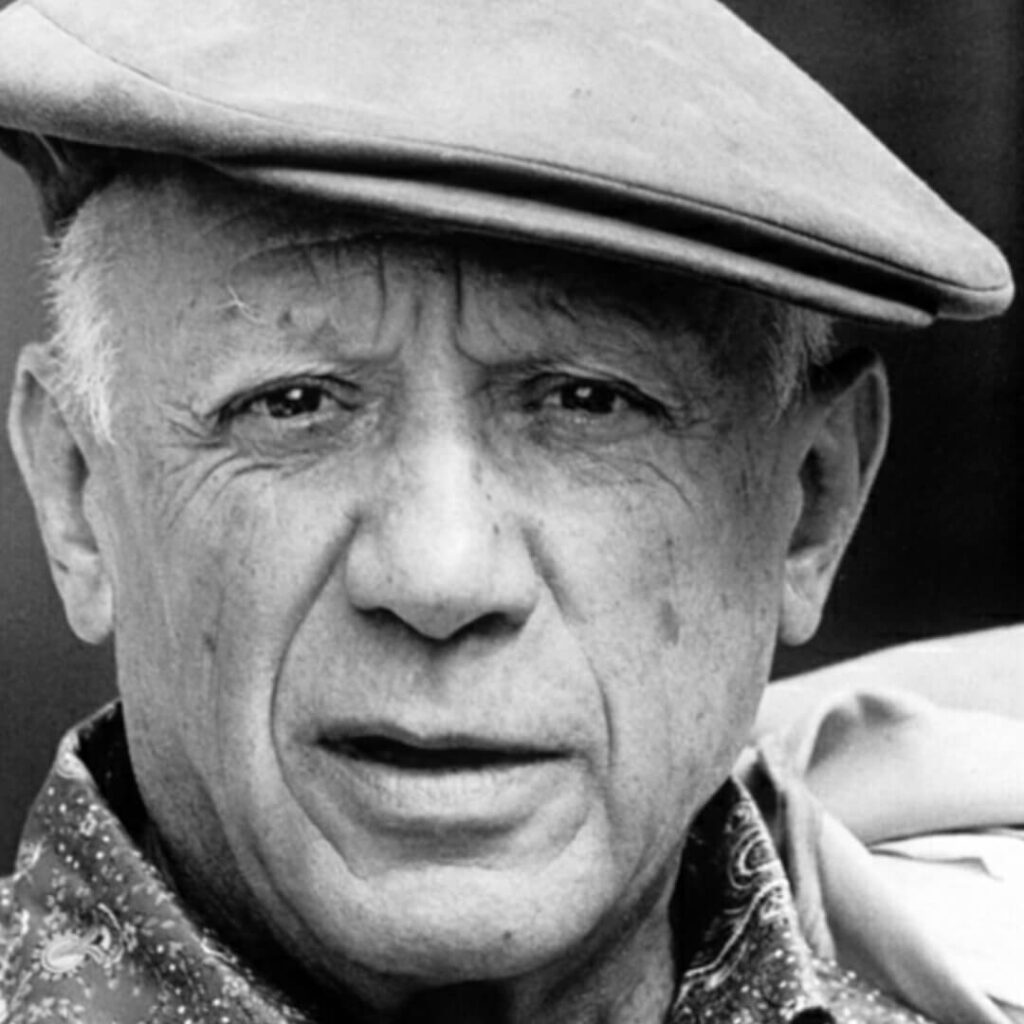
Picasso and Braque’s deconstructed fields and cities composed of geometric shapes gave us a new visual language to consider the landscape. This language did not replicate what the eye saw but what the mind perceived.
Then came the lyrical abstractions of the mid-20th century. Their gestural brushstrokes and expressive use of color sought not to depict the landscape but to articulate its felt experience.
Painters such as Helen Frankenthaler and Mark Rothko dispensed with representation altogether, inviting the viewer into evocative color fields that pulsed with the moods and rhythms of the natural world.
In the latter half of the century, artists continued to push boundaries. With Abstract Expressionism, they poured, dripped, and splattered their internal landscapes onto the canvas, as Jackson Pollock did with his alchemic marriage of chaos and control. The importance was no longer on depicting the landscape but on embodying the act of its creation.
The development of abstract landscape art meandered into newer territories with the Land Art movement. Here, the landscape itself became a living canvas.
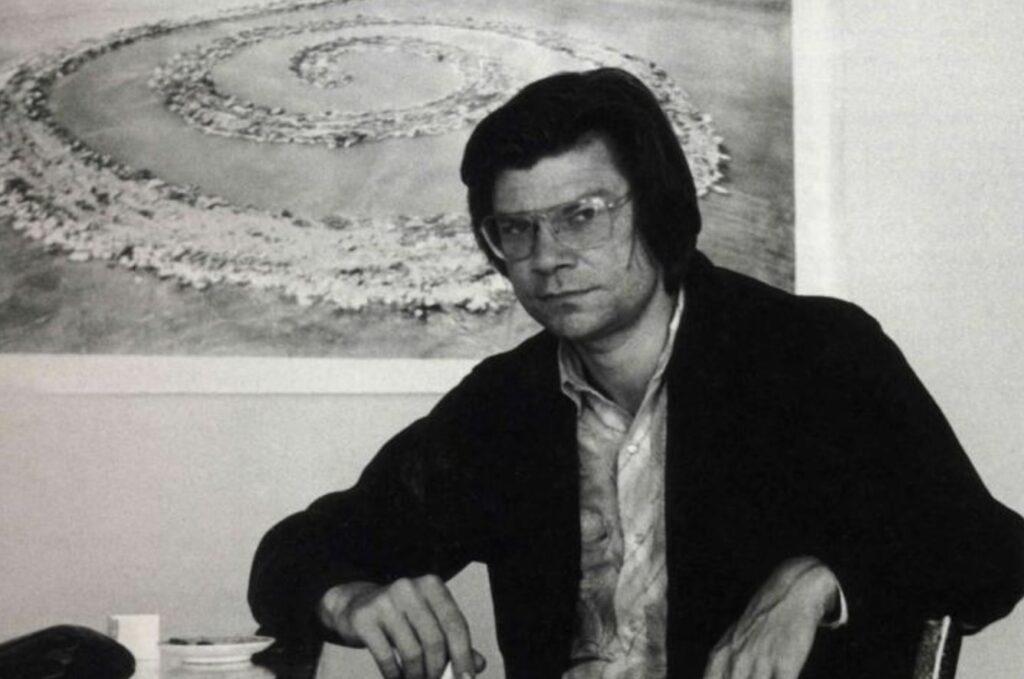
Artists like Robert Smithson sculpted the earth into immense installations, questioning the divide between art and the environment, challenging the gallery’s supremacy by bringing the viewer into the open, where the sky was the truest vaulted ceiling.
Today, abstract landscape art continues to evolve with digital tools and multimedia installations adding to its rich tapestry. Contemporary artists leverage technology to explore and expand this genre—an interplay of virtual and physical worlds that hint at new frontiers of abstraction in landscape art.
Throughout this development, one constant remains—the landscape is as much about the inner terrain of the artist as it is about the external world. With every brushstroke, installation, or digital manipulation, the abstract landscape invites us on a journey through the personal geographies of the artist’s psyche.
It dares us to see not with our eyes but with the boundless vista of imagination, where every hill and valley is a silhouette of the soul, and every hue reflects the heart’s most profound echo.
As this art form continues its inexorable flow, it stays true to its essence—reminding us that perhaps landscapes are not places but rather the impressions they leave upon us.
The evolution of abstract landscape art is evidence of the timeless conversation between the world without and the universe within—a boundless expression of the ineffable, ever-changing, yet eternally felt.
Elements and Techniques of Abstract Landscape Art
The essence of abstraction in landscape art transcends mere representation; it is the distillation of an essence, an emotive transfiguration of the physical space into a visual poetry that defies literal interpretation.
Abstract landscape artists eschew the conventional parameters of horizon lines and vanishing points in favor of a visual language that speaks in color, form, and texture.
The process of an abstract landscape artist often begins with the visceral experience of the natural world. Yet, instead of replicating the scenery before them, these artists let the emotional resonance of the landscape guide their hand.
This intense dialogue with nature results in a canvas reverberating with the spirit rather than the likeness of a place. In this domain, mountains may be conveyed as jagged streaks of vibrant hues, and bodies of water might be hinted at through fluid swathes of paint that ebb and flow in rhythmic syncopation.
What is paramount in the technique of an abstract landscape artist is the use of scale and space. Some artists manipulate scale to monumental proportions, crafting sweeping canvases that envelop the viewer.
Others might constrain their landscapes within a more petite frame, compelling one to lean in and engage with the intimate visual journey they have constructed. These artworks often defy the conventional sense of space, presenting atmospheres stretching beyond the medium’s two-dimensional constraints.
Color, perhaps the most powerful tool in the artist’s palette, is wielded with an informed sensitivity to evoke mood and atmosphere rather than illustrate reality. The choice of a particular hue over another is not merely aesthetic but symbolic, carrying a depth of meaning and a richness of feeling that communicates the ineffable qualities of the landscape.
In abstract landscapes, color becomes the primary narrator, telling a story that lies beyond words and often resonates on an instinctual level with the observer.
Texture, too, plays an indispensable role in these compositions. It can suggest the earth’s roughness or the wind’s brush across a meadow. Through impasto, layering, or even incorporating materials directly from the environment, abstract landscape artists endow their work with a tactile reality that invites sensory engagement, providing an anchor to the physical world while we wander through their dreamscapes.
Recently, the medium has been redefined by incorporating unconventional materials and innovative techniques. Canvases are no longer the sole window to an abstract artist’s vista; metals, glass, and resins are among the substrates used to communicate the artist’s vision.
Digital art, too, has become a platform for these visual experimentations, allowing for an interplay between technology and the traditional tools of art.
What distinguishes the technique of an abstract landscape artist is not only in the physical act of art-making but in the philosophical approach to the subject matter.
It is the breaking away from the literal to reach for the universal, wherein the land is not just seen but felt, where each stroke is a pulse of the earth’s rhythm, and every hue a whisper of its seasons.
In conclusion, the abstract landscape challenges us to see beyond the horizon, to understand the land not as a mere geographic feature but as a vital force that echoes within our very being.
The technique of these artists is a dance of elements, a choreography of the soul’s response to the grandeur and mystery of the natural world. Each piece is an invitation to a journey that promises no destination, for in the heart of abstraction lies the freedom to wander endlessly.
Influential Abstract Landscape Artists
The Vanguard of Abstract Landscape Art: Pioneering Visionaries Beyond the Horizon
In the vast cosmos of abstract landscape art, luminary figures have redefined the very essence of how nature and human perception intertwine. Trailblazers such as Wassily Kandinsky and Georgia O’Keeffe stand at the vanguard of this movement, pioneering an emotive transfiguration of physical space into visual poetry that forever altered our engagement with art.

Kandinsky, often hailed as the father of abstract art, ventured into the uncharted realms of abstraction like no artist before. His “Compositions,” especially, reflect a vibrant symphony of form and color, dissolving the rigid lines that tethered art to the visible world, thus paving the way for future abstract landscape painters.
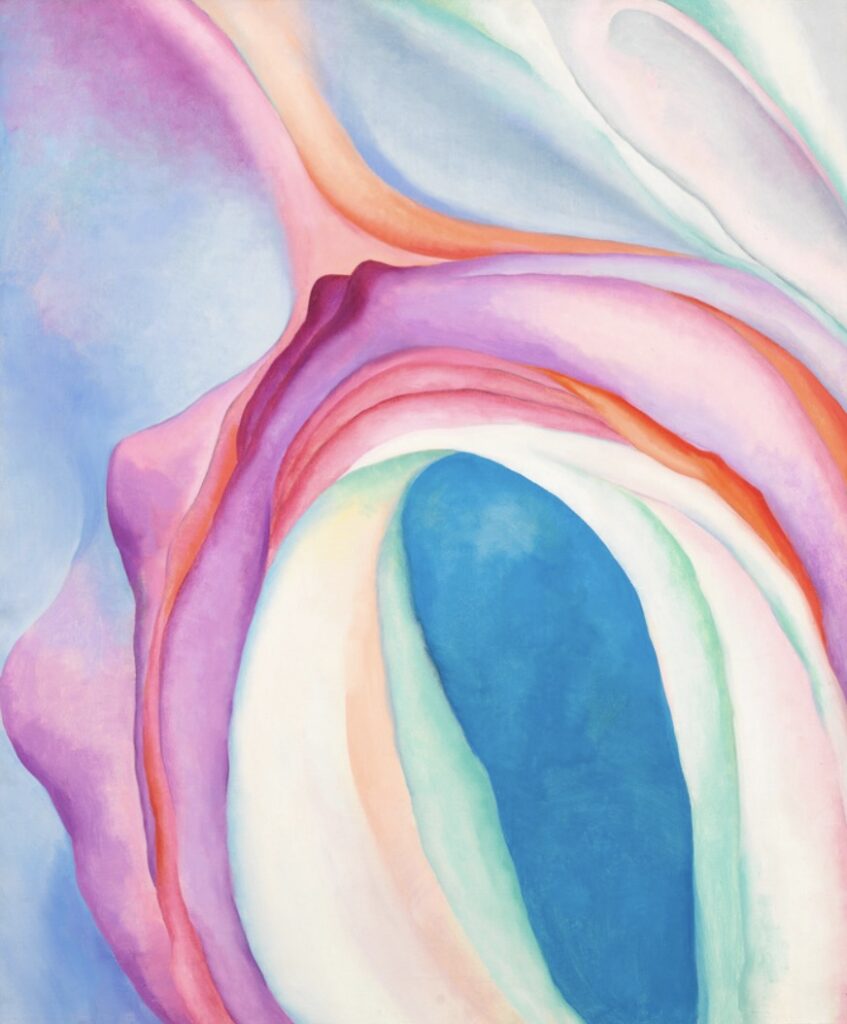
With her profound sensibility and reverence for the natural world, Georgia O’Keeffe stripped away the superfluous, zooming into the core of her floral and desert landscapes. Her work magnifies the minute, making the small, vast, and the ordinary extraordinary. Through O’Keeffe’s canvases, viewers encounter the achingly beautiful interplay of line, color, and texture, which characterize abstract landscapes’ power.
Subsequent innovators, such as the Canadian Group of Seven, unleashed a torrent of emotion and national identity through their interpretation of Canada’s rugged wilderness. Artists like Lawren Harris infused a mystic spirituality into the canvas, while A.Y. Jackson laid bare the raw, untamed energy of the land.
Their devotion to the landscape was a love letter to their homeland and a radical departure from academic strictures, showing how identity and emotion could be conveyed through the abstracted land.

Using scale and space has become a defining technique for later artists to create impact and provoke engagement. Helen Frankenthaler and Joan Mitchell, key figures of the postwar Abstract Expressionist movement, adopted vast canvases that invite viewers into an immersive experience.
Their gestural techniques articulate a visceral dialogue with the natural world. Frankenthaler’s technique of staining pigment into raw canvas allowed her fluid landscapes to retain a sense of immediacy and intimacy.

Concurrently, contemporaries like Richard Diebenkorn, with his renowned “Ocean Park” series, navigated the delicate balance between the abstract and the semi-representational. Diebenkorn’s work articulates the transience of light and the fluidity of coastal landscapes, using geometric forms to hint at the intersections of earth and sky.
Artists have wielded color as a potent force to evoke mood and atmosphere. With their resonant hues, Mark Rothko’s colossal color field paintings transcend beyond visual spectacle, becoming conduits for profound emotional experiences. Through Rothko’s work, abstract landscapes meld into a spiritual dimension that invites introspective journeys.
These artistic revolutionaries have beckoned us to journey through the heart of abstraction, where each stroke and hue is not a mere representation but a vital force resonating within us.
The legacy of these trailblazers lives on, echoing through the imaginative landscapes of contemporary artists who continue to push the boundaries of how we perceive, interpret, and engage with the natural world around us. In this continuous cycle of creation and interpretation, the abstract landscape remains an endless frontier for exploration, an invitation to wander endlessly within the boundless terrain of art.
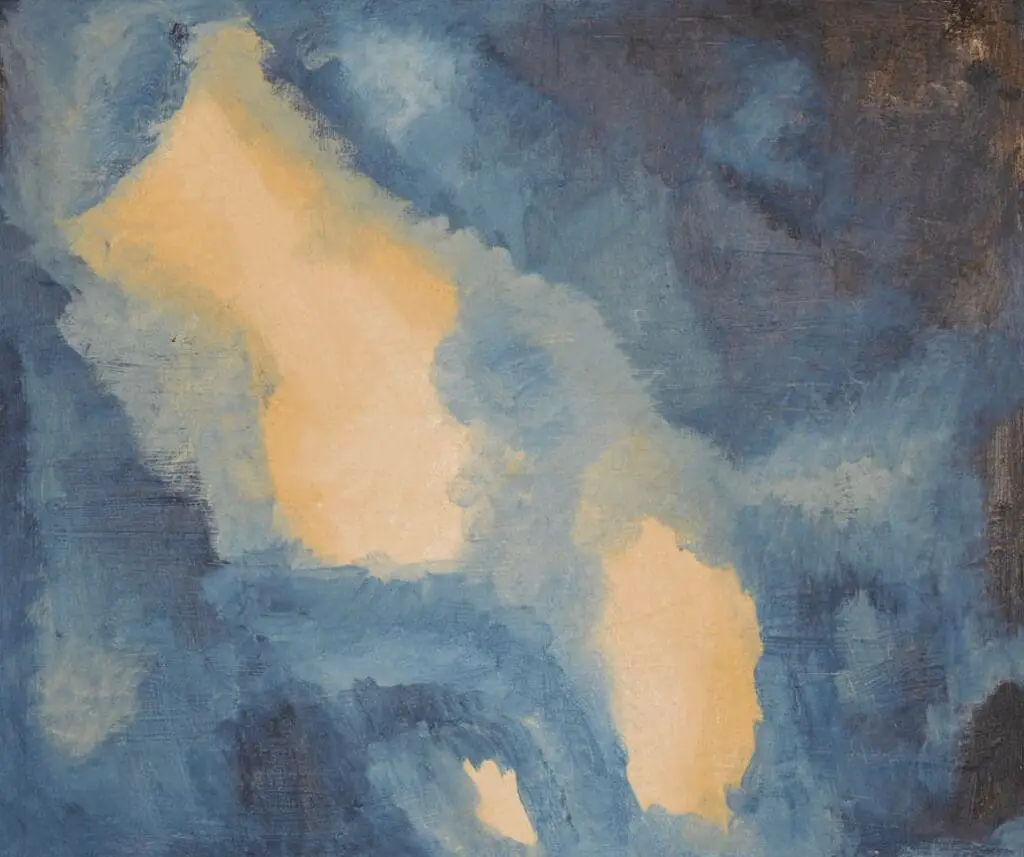
Abstract Landscape Art in Contemporary Practice
Abstract landscape art continues to thrive and evolve, casting a wide net over today’s art scene with stunning ingenuity and diversity.
Contemporary artists delve into this realm with unparalleled freedom, taking the reins from their predecessors and driving abstraction into uncharted territories that are as varied as they are provocative.
Within the folds of modern-day abstract landscapes, there’s a pronounced emphasis on sustainability and the Anthropocene—how human actions affect the fabric of earth’s landscapes.
Artists are creating works that reflect environmental concerns, not merely as a subject but as an intrinsic part of their process, often repurposing materials and embracing eco-conscious methods that mirror the themes of natural cycles, decay, and renewal.
The art world also observes a notable increase in cross-disciplinary collaborations, where painters, sculptors, and digital artists join forces with scientists, cartographers, and geographers.
These partnerships yield abstract landscapes that are not just visually arresting but laden with data, narratives, and interpretations that deepen our understanding of the world.
Satellite imagery, topographical surveys, and even real-time environmental data embed these artworks with a layer of realism that transcends traditional boundaries.
The reflective nature of abstract landscapes remains a cornerstone of the genre, and today’s artists continue to explore the psychological dimensions of space.
Their canvases and installations become a platform for contemplating the idea of place and non-place—the known and the knowable versus the ephemeral and ineffable locations that haunt our collective consciousness.
Each piece beckons the viewer to grapple with their perceptions of space and existence, offering an intimate look at the artist’s internal exploration made manifest.
Social and cultural narratives are woven through the fabric of contemporary abstract landscapes.
Artists are utilizing this style to address themes of identity, migration, and the fluidity of borders, challenging the viewer’s preconception of how land is tied to nationhood and belonging.
Abstract forms and palettes evoke the stories of diverse peoples, bringing the human experience to the forefront even without the explicit representation of figures.
Finally, the prevalence of technology in the creation and dissemination of art has given rise to a new wave of digital landscapes that live both online and in physical spaces.
Virtual and augmented reality experiences are being crafted to immerse the spectator in entirely new worlds, expanding the scope of what landscape art can be.
These digital terrains offer a limitless playground for the imagination, where the static image gives way to an interactive environment that reacts, evolves, and envelops those who enter it.
Abstract landscape art stands today as a vital component of the art scene and a testament to the enduring human desire to communicate with and through our surroundings.
It captures the zeitgeist of our times, reflecting how we connect with the earth beneath our feet and the skies above.
As these landscapes unfold upon gallery walls and digital realms, they invite onlookers to transcend the human—to engage with the elements of our world that lie beyond the edge of sight, awaiting discovery in the liminal expanse of abstraction.
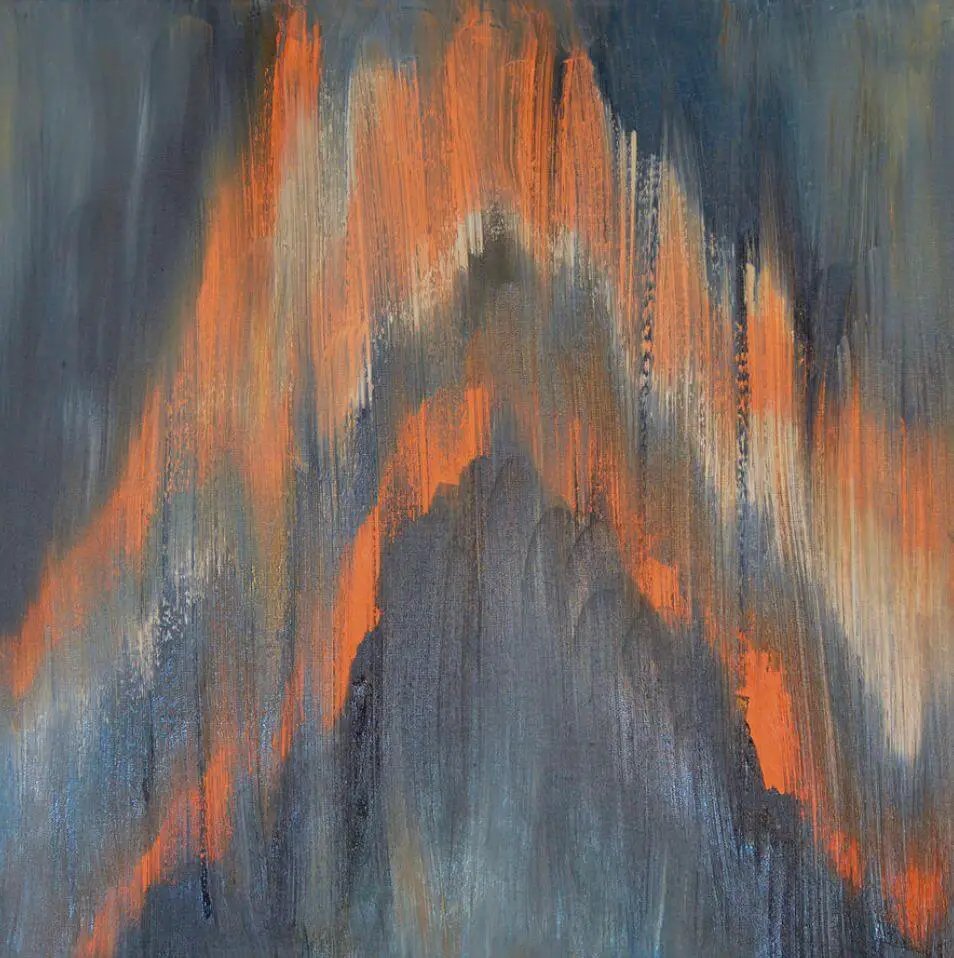
With the brushstrokes of past masters echoing in the creations of today, abstract landscape art stands as both a testament to historical ingenuity and a living, evolving form of contemporary dialogue.
Each piece, a layered composition of personal and universal narratives, beckons the observer into a dance of color, form, and texture, inviting an intimate encounter with the intangible landscapes that reside within all of us.
As we traverse the ever-progressing tableau of abstract landscapes, we continue to uncover the limitless possibilities encased within these emblematic vistas of the human spirit.
Anita Louise Art is dedicated to art education, great artists, and inspiring others to find and create their art. We love art that uplifts and inspires. #ArtToMakeYouSmile! #ArtToMakeYouHappy!
If you want to see any of my art, you can find out more by clicking here. If you are interested in what inspires me and my paintings, you can discover more by clicking here.
We have a free newsletter and would love you to be part of our community; you can subscribe to the newsletter by clicking here. If you have any questions, I would be happy to talk to you. You can reach me, Anita, by clicking here.
Subscribe to our Anita Louise Art YouTube Channel filled with great videos and information by clicking here.
Join us for our podcast “5 Minutes With Art.” Spend just 5 minutes a week with us to discover and learn about great art and artists. You can find out more about our podcast by clicking here.
Related Questions
15 Most Famous Abstract Art And Why They Are Famous
There are many great abstract works of art, so choosing my favorite 15 works can be challenging. But we have chosen 15 of our favorite works of art and why we consider them to be not only famous but also why they are essential. Read on as we will explore 15 of the most famous abstract artworks, delving into the artists’ names, the years of creation, and the reasons behind their enduring fame.
By clicking here, you can learn more by reading 15 Most Famous Abstract Art And Why They Are Famous.
Should Abstract Art That Doesn’t Represent Anything Be Considered Art?
It was a misconception in many fields that abstract art is not art. The truth is that abstract art is great because it is part of your experience with the art that makes Abstract art so unique. In this art, the artist takes something from the real world and puts their spin on what they view or how they view it.
You can read more about Should Abstract Art That Doesn’t Represent Anything Be Considered Art? by clicking here.
Is Vincent Van Gogh An Abstract Artist?
Vincent Van Gogh was not considered an Abstract Artist but regarded as a Post-Impressionism artist. He is known to have admired the Impressionist artist, but he never saw himself as part of the group of Impressionists. Van Gogh had a unique style and choice of colors for his paintings.
You can learn more by reading Is Vincent Van Gogh An Abstract Artist? by clicking here.

